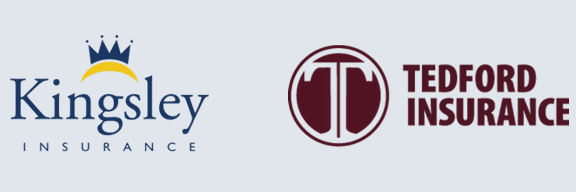Understanding Auto Insurance: A Comprehensive Guide
KI
What is Auto Insurance?
Auto insurance is a contract between you and an insurance company that protects you against financial loss in the event of an accident or theft. In exchange for your paying a premium, the insurance company agrees to pay your losses as outlined in your policy. This can include damage to your vehicle, liability for bodily injury or property damage, and medical expenses.

Types of Auto Insurance Coverage
There are several types of auto insurance coverage available, and it's essential to understand what each one offers. The most common types include:
- Liability Coverage: Covers damages you cause to others in an accident.
- Collision Coverage: Pays for damage to your vehicle resulting from a collision.
- Comprehensive Coverage: Covers damage to your car from non-collision events like theft, fire, or natural disasters.
- Personal Injury Protection (PIP): Covers medical expenses and lost wages for you and your passengers.
- Uninsured/Underinsured Motorist Coverage: Protects you if you're involved in an accident with a driver who has insufficient or no insurance.
Factors Affecting Auto Insurance Premiums
Your auto insurance premiums are influenced by various factors, including:
- Driving Record: A clean driving record can lead to lower premiums, while accidents and violations can increase costs.
- Vehicle Type: The make, model, and age of your vehicle can impact your rates.
- Location: Where you live and park your car can affect your premiums due to varying levels of risk.
- Credit Score: In many states, insurers use credit scores to help determine premiums.
- Coverage Limits: Higher coverage limits and lower deductibles typically result in higher premiums.

How to Choose the Right Auto Insurance
Selecting the right auto insurance involves evaluating your needs and comparing different policies. Here are some tips to help you choose:
- Assess Your Coverage Needs: Consider factors like your vehicle's value, your driving habits, and your financial situation.
- Compare Quotes: Obtain quotes from multiple insurers to find the best rates and coverage options.
- Check Insurer Reputation: Research the reputation and customer service ratings of potential insurers.
- Look for Discounts: Many insurers offer discounts for safe driving, bundling policies, or having certain safety features in your car.
Understanding Your Policy
It's crucial to thoroughly understand your auto insurance policy. Key elements to review include:
- Declarations Page: This page provides an overview of your coverage, including policy limits and deductibles.
- Policy Terms: Read through the terms and conditions to understand what is covered and any exclusions.
- Endorsements: Additional coverages or modifications to your policy that can provide extra protection.

Filing a Claim
In the event of an accident or other covered event, knowing how to file a claim can expedite the process. Here are the steps to follow:
- Contact Your Insurer: Report the incident to your insurance company as soon as possible.
- Provide Necessary Information: Be prepared to provide details about the incident, including photos, police reports, and contact information for other parties involved.
- Work with Adjusters: An insurance adjuster will assess the damage and determine the amount of compensation you're eligible to receive.
- Review the Settlement: Once a settlement is offered, review it carefully and ask questions if anything is unclear.
Conclusion
Understanding auto insurance is essential for protecting yourself and your vehicle. By familiarizing yourself with the different types of coverage, factors affecting premiums, and how to choose and understand your policy, you can make informed decisions that provide peace of mind on the road. Always remember to review your policy regularly and update it as needed to ensure it continues to meet your needs.

